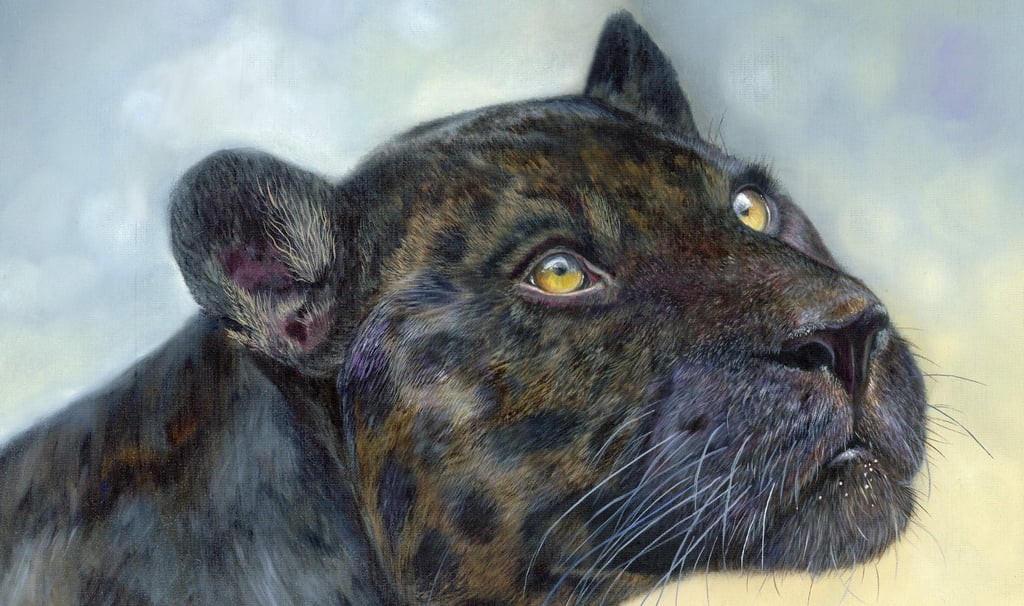The Art of Growing Without Losing Yourself: Learning from Other Artists
How do you grow as an artist without losing your unique voice? In this post, I reflect on the importance of learning from other artists — not to copy them, but to adapt what resonates and strengthen your own style. Whether you're just starting out or refining your practice, this is a gentle reminder that curiosity and growth go hand in hand with staying true to yourself.
Squorn
6/12/20253 min read


The Art of Growing Without Losing Yourself: Learning from Other Artists
As a painter, one of the most transformative things I've learned is this:
You don’t grow by painting alone.
You grow by being curious, by watching others closely — and then, gently, folding what resonates into your own way of working.
When I first started with oil paints, I was completely self-taught. That meant figuring things out the long way — lots of trial, lots of error, and a few surprising wins along the way. But there came a point where I realised I wasn’t improving just by doing. I needed to see how others did it — not to copy them, but to understand the choices behind their brushstrokes.
Why Learning From Others Matters
No matter how original your vision is, you’re still painting with the same tools, the same pigments, the same challenges of light and form that artists have faced for centuries. Learning from others — whether through workshops, YouTube, books, or studio chats — helps you:
Spot new techniques you might not have discovered on your own
See with different eyes, expanding your visual vocabulary
Shorten your learning curve without skipping over the important parts
You get to build on the shoulders of those who came before you — and that’s not imitation, it’s evolution.
But Here’s the Magic Part: Adapting, Not Absorbing
One of the biggest fears I hear (and have felt myself) is, “But what if I lose my style?”
The truth is: you won't. Not if you’re paying attention to what truly feels right in your hands.
I’ve learned incredible things from other artists — ways of simplifying colour palettes, working wet-into-wet, or even how to look at a subject sideways before committing it to canvas. But every time, I’ve taken those lessons and filtered them through my own lens. What sticks becomes part of my process. What doesn’t, I leave behind.
It’s a bit like cooking: you might borrow someone’s seasoning idea, but you’ll always stir the sauce in your own way.
The Importance of Respecting Other Artists
There’s a fine but vital line between learning from someone and copying their work. Taking inspiration is part of every creative life — it’s how we explore and evolve. But directly reproducing another artist’s painting, composition, or style and passing it off as your own isn’t just poor practice — it’s unfair, both to them and to yourself.
Art thrives on honesty. When you imitate someone else’s work without acknowledgment, you lose the chance to discover what you would have done instead. Growth happens when you try, experiment, adapt — not when you replicate.
Your unique voice deserves that space to come through.
The Gift of Being Open
When you allow yourself to learn from others, you’re not admitting weakness — you’re showing devotion to your craft. You’re saying: I care enough about this to get better. And better doesn’t mean more technical. Sometimes, it just means more honest, more you.
So let yourself be curious.
Watch a painter whose style is nothing like yours. Try a brush technique that feels weird at first. Ask someone how they mix that impossible shade of green. You might surprise yourself with what you bring home from it — not just a new tool, but a spark.
Final Thought: Keep What Feeds You
You’re the only one who can paint like you. But growing means allowing other voices into the room — not to drown yours out, but to help you sing with more depth.
Learn generously. Adapt freely. Respect always.
And never forget that your style isn’t something you protect — it’s something you build.
*Where Shadow Dream - this painting start life as a tutorial from Carla Grace.
Unique pet portraits and whimsical artwork creations.
contact me : squorn@squorn-artist.com
© 2025. All rights reserved.
Stay connected
Sign up for a monthly newsletter featuring new artworks, upcoming events, or behind-the-scenes insights.
With exclusive discounts or early access to new collections for subscribers.
